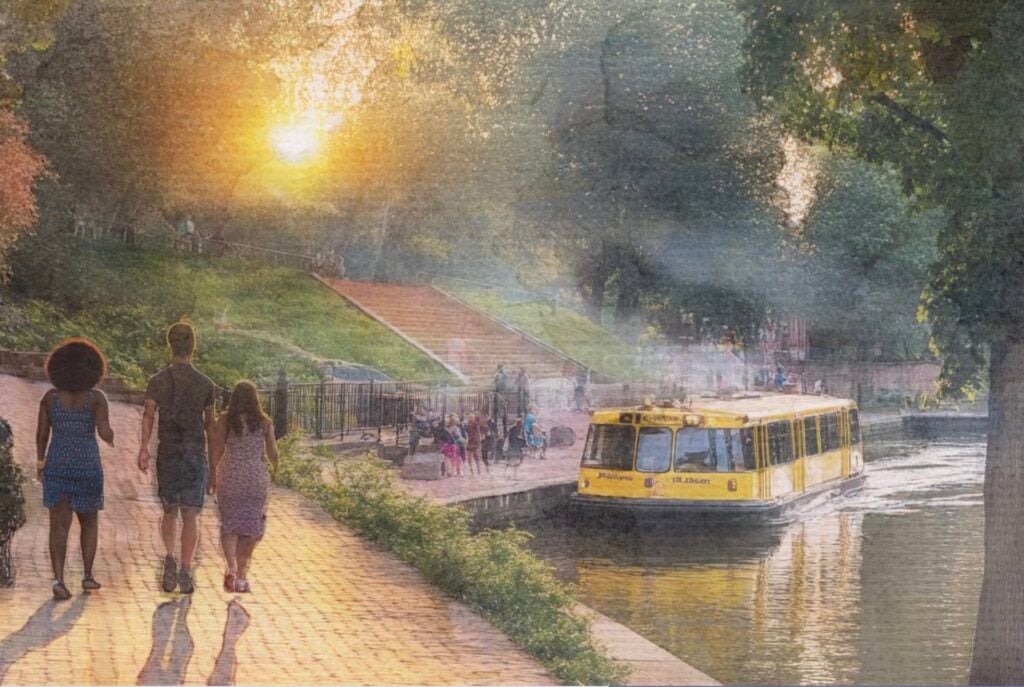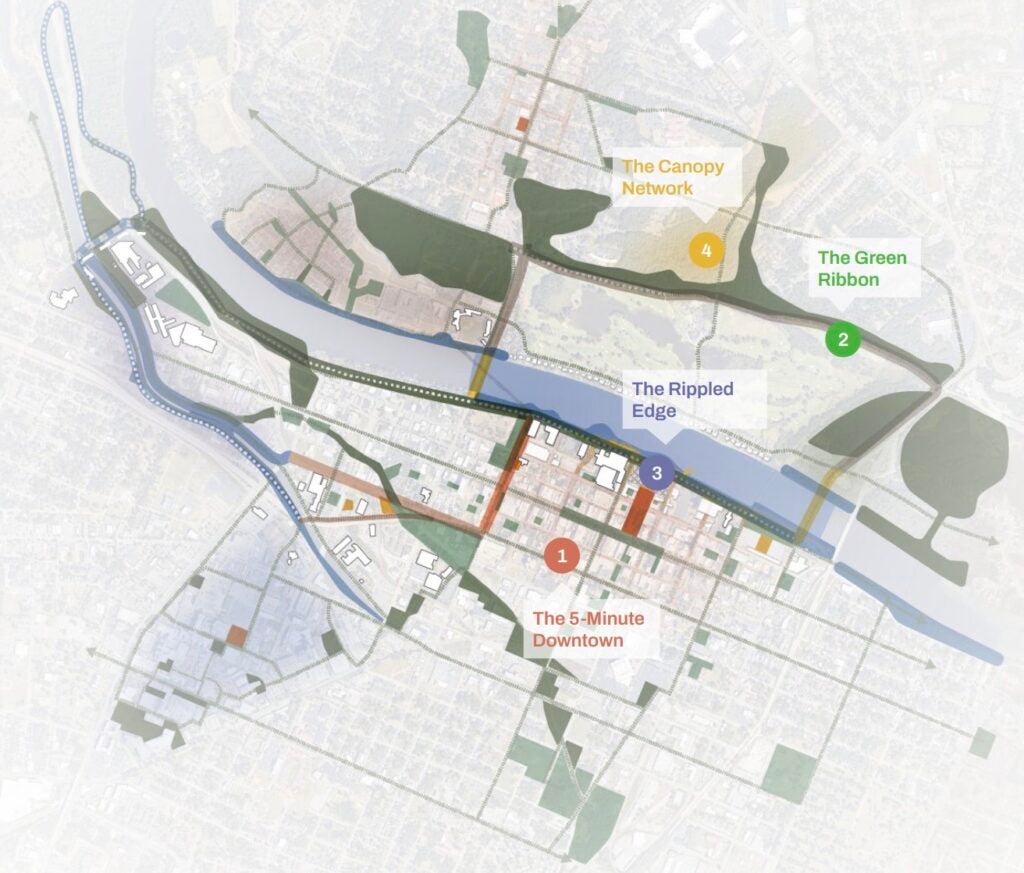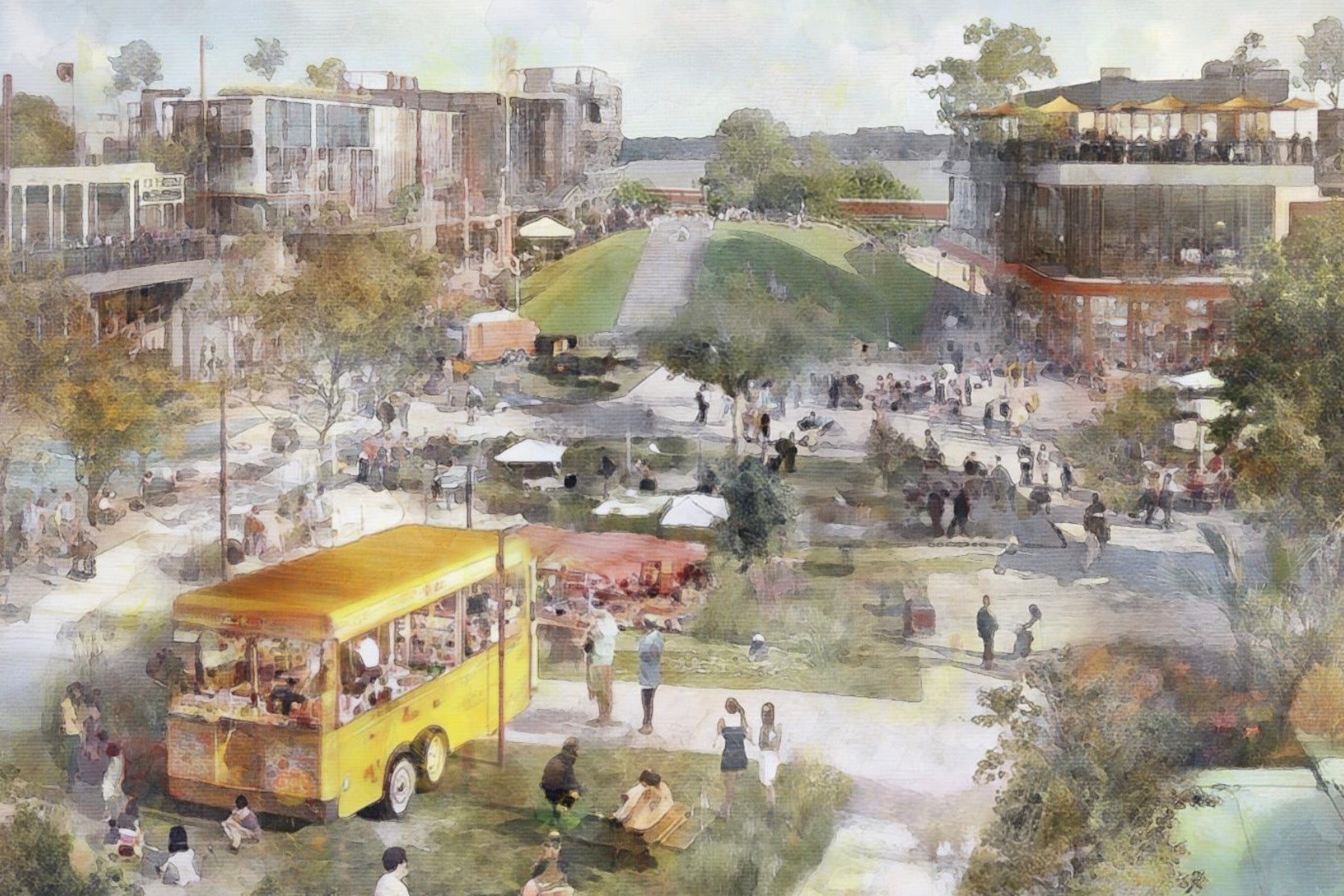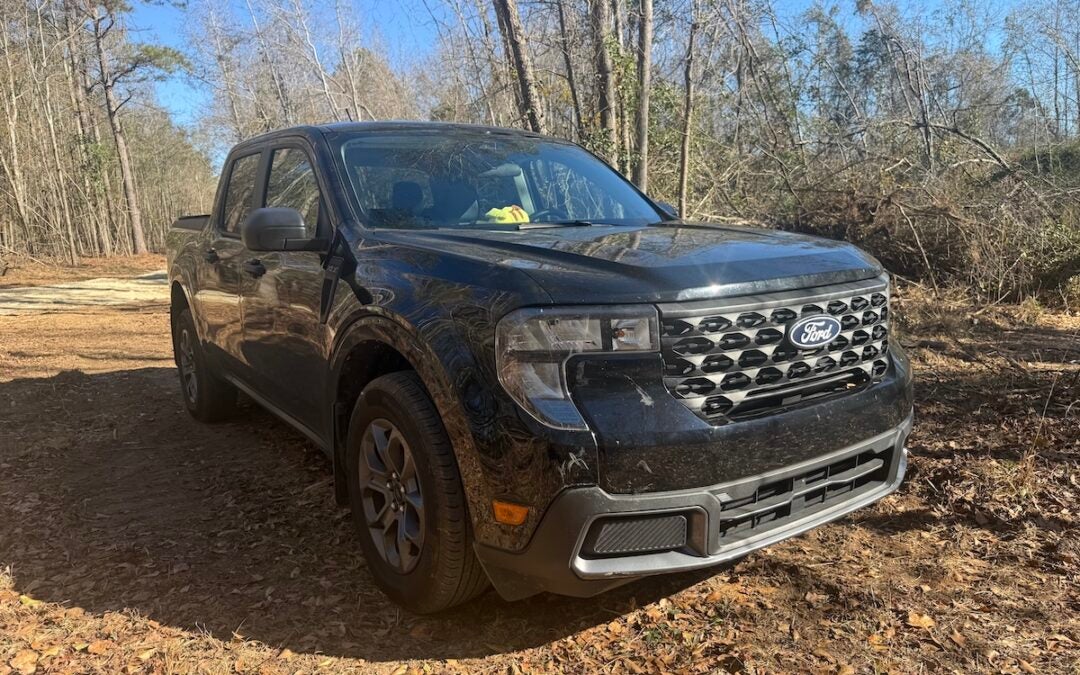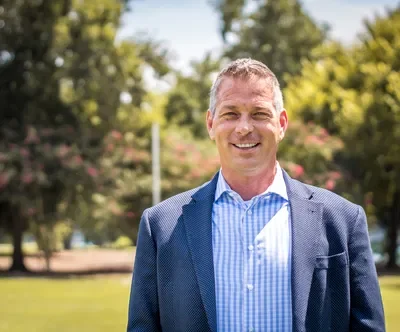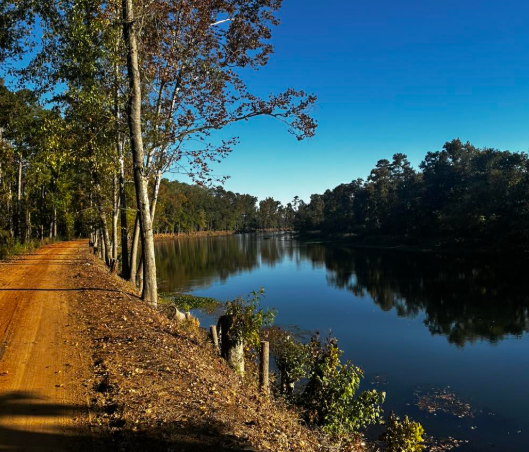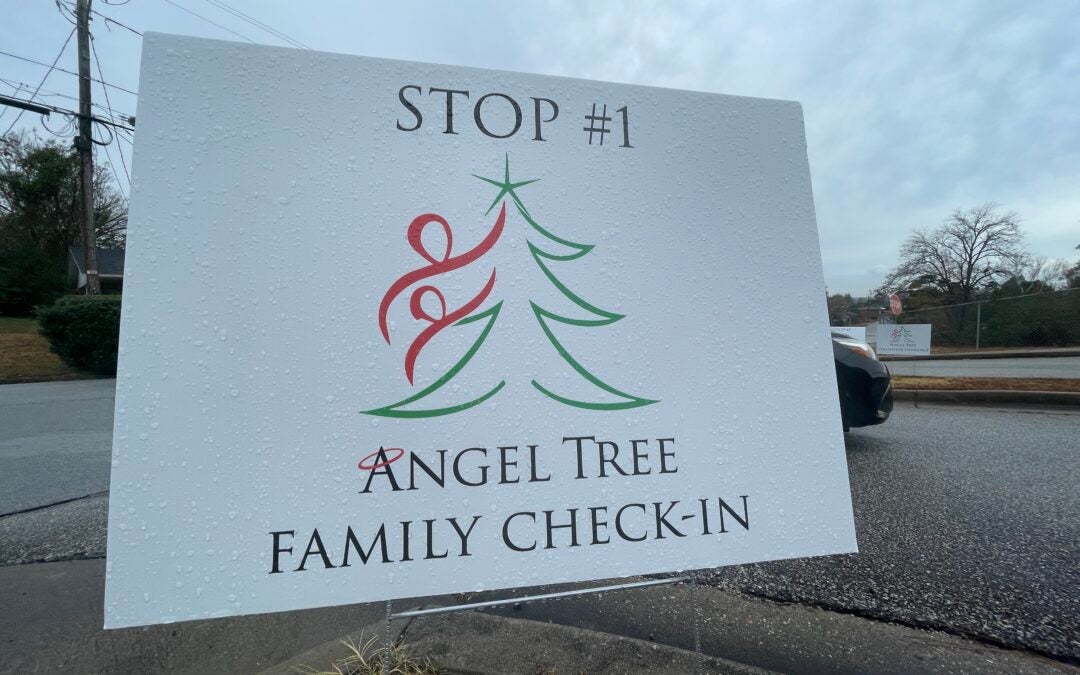A sweeping new blueprint lays out how downtown Augusta — together with North Augusta — plans to turn its riverfront core from an event-driven destination into a thriving, lived-in community.
The Augusta 2035 Plan: Blueprint for Action, created by Augusta Tomorrow with input from residents, business leaders and local governments, charts a 10-year path to reshape the area. The goal is to attract 8,000 new residents by 2035, expand greenspace, reduce parking lots and create a downtown that’s walkable, vibrant and connected.
The plan, presented to the Augusta Commission Tuesday, intentionally bridges the Savannah River, treating Augusta and North Augusta as one shared urban corridor. Projects such as the Green Ribbon — a five-mile trail loop linking neighborhoods, parks and riverfronts — will physically unite the two cities and encourage cross-river mobility.
READ MORE: Augusta faces $21 million budget gap as administrator proposes tax hike, cuts
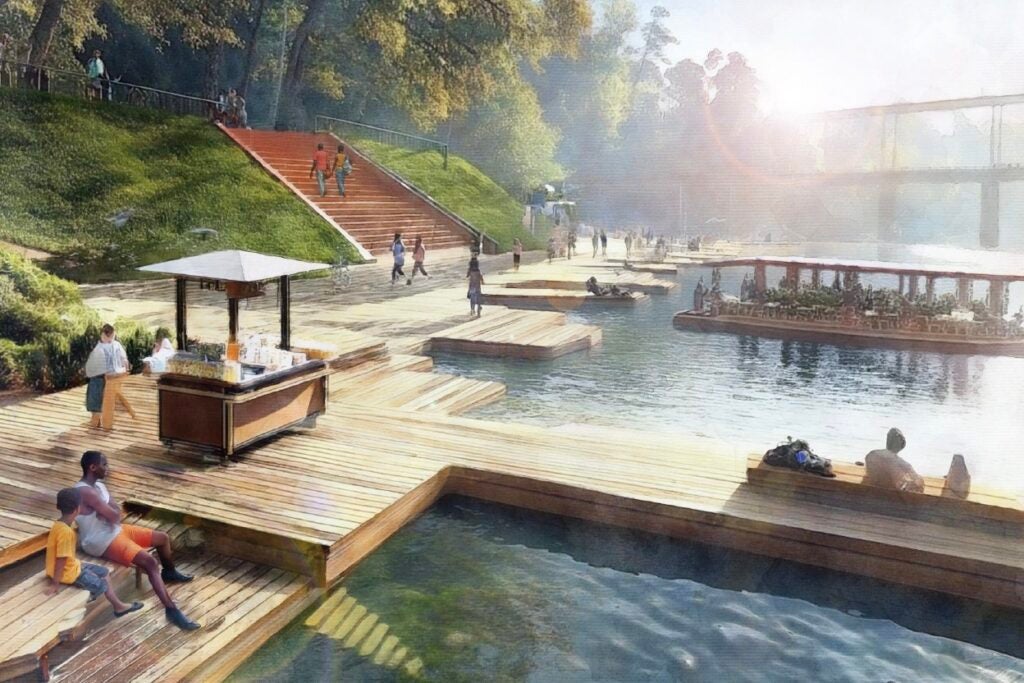
“We involved North Augusta from the very beginning,” said Lauren Dallas, executive director of Augusta Tomorrow. “Both governments, Augusta and North Augusta, contributed to the plan and they’re very interested in projects like the Woodland Trail that would connect their Greeneway to Augusta’s side.
The plan is anchored by four transformative initiatives:
- The 5-Minute Downtown: Compact, walkable neighborhoods are anchored by vibrant public spaces and everyday services. Projects include expanding the Augusta Common to the river, redesigning Reynolds Street for pedestrians and converting Jones Alley into a bustling pedestrian plaza.
- The Green Ribbon: A cohesive trail network joining Augusta and North Augusta featuring trail-oriented development and co-branded signage. The first step is the Woodland Trail, which will extend beyond Freedom Bridge to Georgia Avenue and close a gap in the network.
- The Rippled Edge: A reimagined riverfront with floating piers, waterfront plazas and water taxis connecting the Riverwalk to Riverside Village and tied in with the new riverfront adventure and zipline park. “Activating the riverfront is my favorite part of this plan,” Dallas said. “We have this incredible asset, and we want people to have a reason to go every day.”
- The Canopy Network: A campaign to plant 200,000 new trees, create pocket parks and convert surface parking into green space. Trees will be strategically planted, such as in areas with excessive pavement and redevelopment potential. The plan builds on and branches out from the Green Ribbon.
READ MORE: MIS Committee approves moving forward with Columbia County Library System appointments
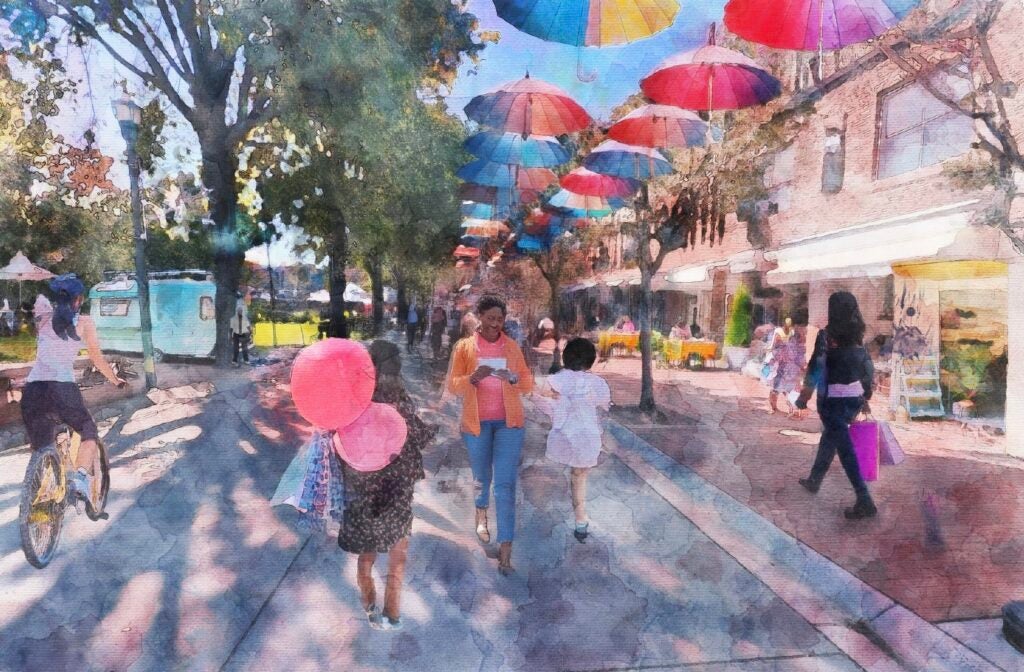
Integral to the plan as well is a comprehensive parking management strategy designed to make better use of existing spaces while gradually reducing the city’s dependance on surface parking.
Another signature element in the plan is the introduction of “bargelets,” repurposed barges that will serve as floating cafes, shops and cultural spaces just off the Riverwalk and create an evolving waterfront experience reflecting Augusta’s creative energy.
“What I love about this plan is that it’s focused on quality of life and the live-work-play piece,” Dallas said. “It makes downtown a neighborhood where you want to live.”
READ MORE: Columbia County Board of Education appoints Greenbrier assistant principal
Dallas presented the plan Tuesday to Augusta commissioners who immediately asked about connecting the plan’s projects with resources and with the city Engineering and Environmental Services director. Commissioner Tina Slendak motioned for the Administrative Services committee to approve the plan and it voted 4-0 to do so.
But like Augusta Tomorrow’s prior initiatives, the 2035 plan will need much more than tax dollars to become reality, Dallas said. The organization of downtown business owners helped fund the plan and prior plans such as the Westobou Crossing.
“All property owners are present the table and behind this,” she said. “It’s going to require public and private sectors working together. We cannot rely solely on SPLOST. We cannot rely solely on government when you look at it.”
